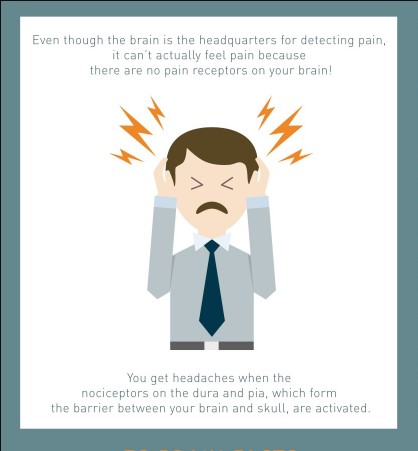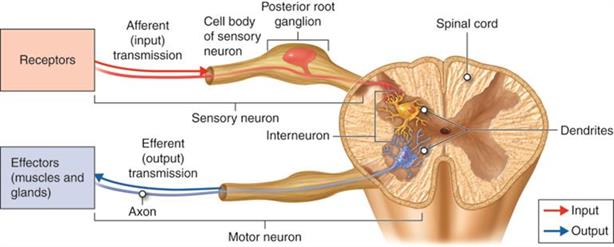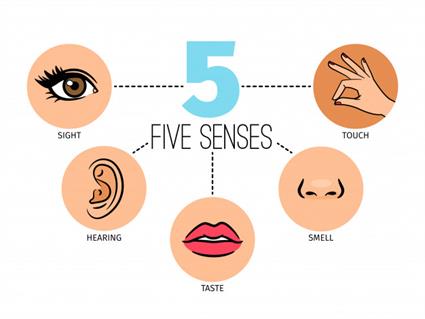
PUMPA - SMART LEARNING
எங்கள் ஆசிரியர்களுடன் 1-ஆன்-1 ஆலோசனை நேரத்தைப் பெறுங்கள். டாப்பர் ஆவதற்கு நாங்கள் பயிற்சி அளிப்போம்
Book Free DemoJo Cameron, a lady who has a rare genetic mutation, makes her feel virtually no pain. She never feels anxious or afraid in a painful situation. Her condition was discovered when she had surgery on her hand; doctors found that she didn't need painkillers after surgery.
So, what do you think about her condition? Why does it happen to her? The part of our body which make all of us sense pain is not functioning in her body.
Do you know what that part is responsible for sensing the pain?

Picture explaining the pain knowing neurons
They are called pain receptors. They are a type of sensory neuron with specialised nerve terminals found throughout the body, including the skin, deep tissues (such as muscles and joints), and most visceral organs.
Similar to pain receptors, there are many other receptors, which can be found throughout our body. These receptors help us see, smell, taste, hear, sense the touch, sense the temperature, etc.
- Receptors are specialised tips of the nerve cells that detect information around our external environment by means of a stimulus and create an impulse into the nervous system, which results in the nervous system taking action.
- These receptors are situated in the sense organs such as eyes, nose, tongue, ears and skin.
The receptors are the specialised ends of a nerve cell or a group of nerve cells that collect information about environmental changes in stimuli.
|
|
|
|

The action of sensory and motor neuron
Animals receive external information through a specialised system or organ known as the sense organs or receptors organ. Human beings have five different sensory organs. The following is a list of them.

Five senses concepts with human organs
Location of the receptor | Name of Receptor | Stimulus |
Eyes | Photo receptor | Light |
Ears | Phono receptor | Sound |
Nose | Olfactory receptors | Smell |
Tongue | Gustatory receptors | Taste |
Skin | Tango receptor Thermo receptor | Touch Heat/cold |
All over the body | Algesireceptors | Pain |
Internal ear | Statoreceptors | Acceleration/gravity |
All over the body | Nociceptors | Pain |
The video explaining the types of receptors and sensory receptors
Reference:
https://www.freepik.com/premium-vector/five-human-feelings_5331753.htm
https://upload.wikimedia.org/wikipedia/commons/3/37/1225_Chemical_Synapse.jpg
http://hiscience.pbworks.com/w/page/123385353/1%20BACH%20FEBRERO%202018